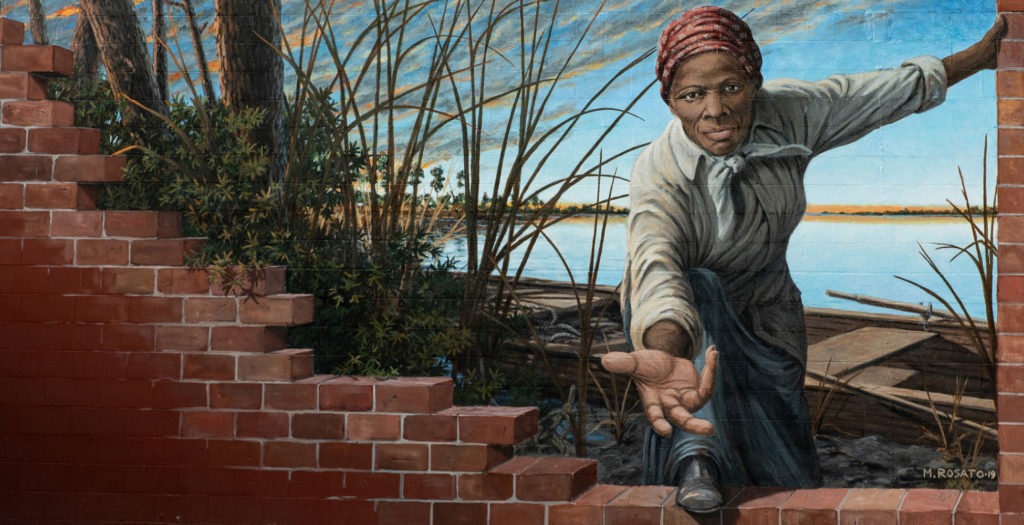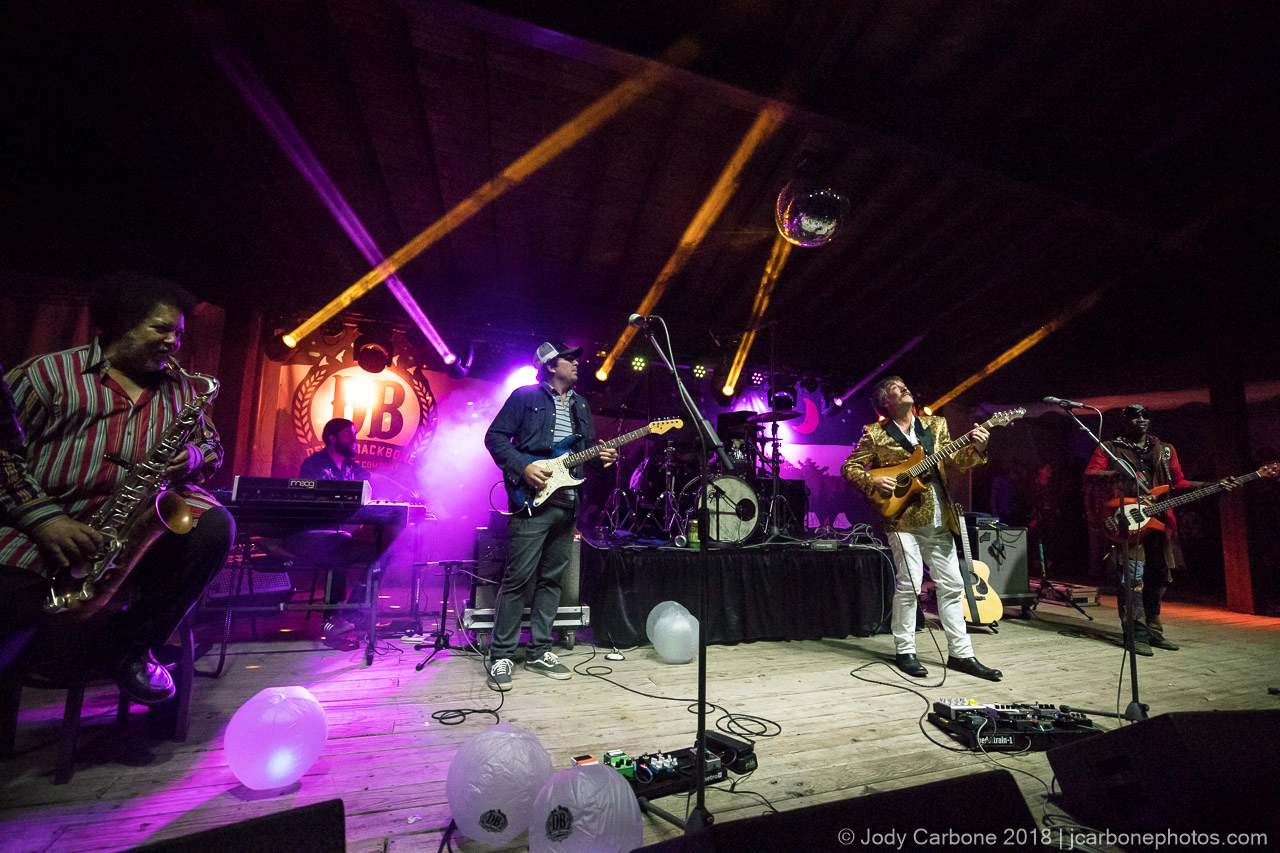Discover a hidden side of the Chesapeake on the Harriet Tubman Byway
This year marks the 200th birthday of famed abolitionist and Underground Railroad agent Harriet Tubman. The landscape hasn’t changed in the 200 years since Tubman’s birth in Dorchester County on the Eastern Shore of Maryland, and today you can see the marshes and forests much the way Tubman saw them.
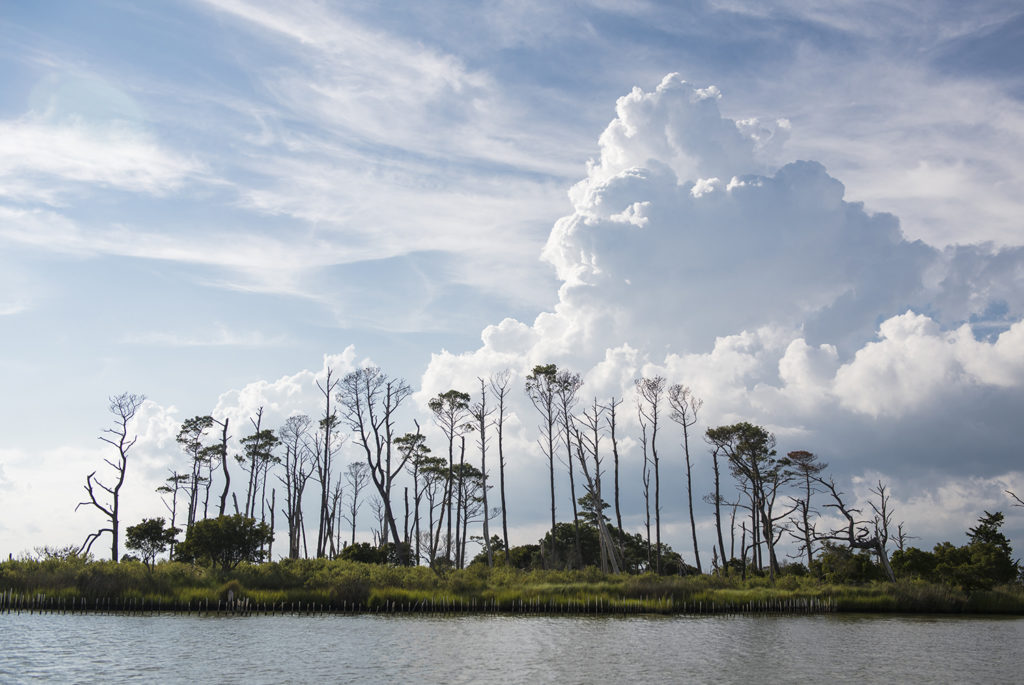
The internationally acclaimed, 125-mile Harriet Tubman Underground Railroad Byway and All-American Road winds its way through Dorchester and Caroline counties, carrying visitors to more than three dozen places where Tubman lived, worked and executed her famous missions of liberation. With multiple entry and exit points, the Byway transports sightseers through the region’s historic Underground Railroad network, a system so strong and secret that Tubman “never ran her train off the track and never lost a passenger.”
In early 2022, National Geographic named the Tubman Byway one of 25 “Best of the World” journeys for its family-friendly accessibility, breathtaking scenery and significant historical sites. Best of all, it’s one that you can easily do on your own, at your own pace. Just download the map and guide (an audio tour is also available) from the Byway website at harriettubmanbyway.org.
Born enslaved, Tubman later liberated herself when she faced the auction block and deep-pocketed buyers eager to carry her off to the cotton fields in the Deep South, far away from loved ones. “I had reasoned this out in my mind,” Tubman later said. “There was one of two things I had a right to, liberty, or death. If I could not have one, I would have the other; for no man should take me alive.”
Once free, she returned to the very landscapes she escaped and then later led—illegally and at great risk to her own life—scores of family and friends along the dangerous paths of a complicated Underground Railroad network to freedom. She could not read or write, and she had no money. What she did have was a brilliant mind and powerful passion for freedom, equality and justice. These qualities were fortified by deep faith, which steeled her for the dangers she would later encounter. “I should fight for my liberty,” she told an admirer, “as long as my strength lasted.”
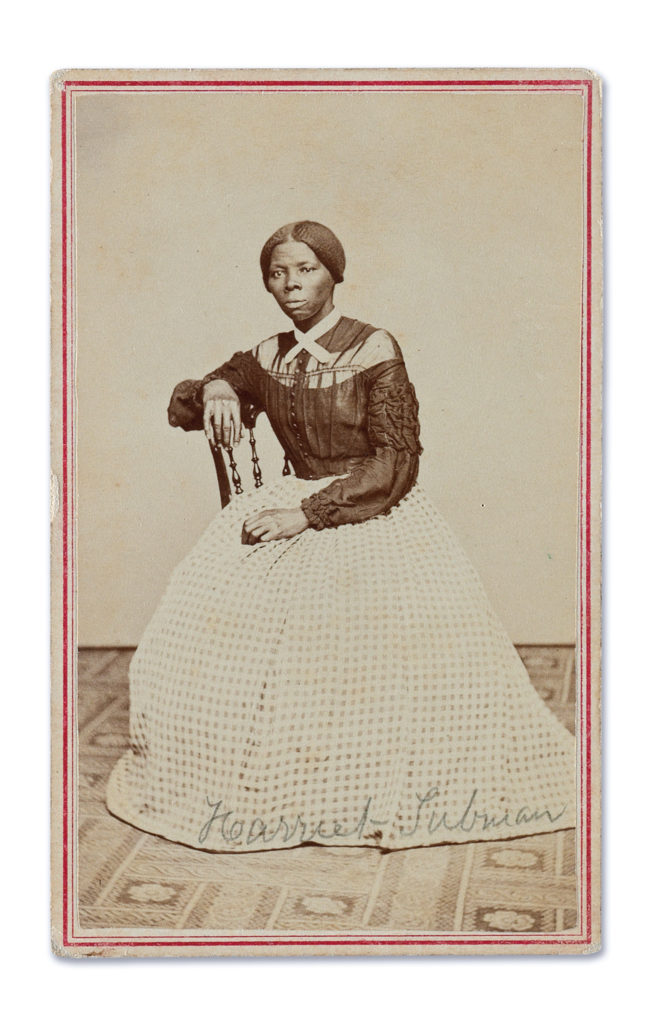
I first became seriously interested in Harriet Tubman when I enrolled in a graduate program in Women’s Studies at Simmons University in Boston during the early 1990s. My daughter was in the second grade at the time, and one day she came home with a little storybook about Tubman. I knew the basics of Tubman’s life as an enslaved woman and then Underground Railroad agent, but that children’s biography—and my daughter’s delight with it—sparked a curiosity that has profoundly shaped my professional life for nearly 30 years.
I remember my first few visits to the Eastern Shore. While working on my doctoral dissertation on Tubman, one of my academic advisors suggested that I explore the physical landscapes where she was born and raised and the place from which she escaped to freedom. They felt that I would gain valuable perspectives on her life if I could see the region and imagine her in those fields and forests and on the water.
I made my way from my Boston home to Baltimore and then across the Bay Bridge, following Route 50 down the shore to Dorchester County. As a born-and-bred New Englander, I found the flat terrain foreign at first, but the shore and its estuaries—the rivers, streams and marshes—felt like home. I had spent the summers of my youth along Maine’s south coast fishing, clamming and crabbing, so the familiar sights and sounds of watery, tidal landscapes eased me into Tubman’s world, one that I soon discovered was both hidden and in plain sight.
Tubman was born during the late winter of 1822 on a large plantation that hugged the Blackwater River. Named Araminta by her enslaved parents, Rit and Ben Ross, “Minty” was the fifth of nine siblings. By the age of 6, her enslaver, Edward Brodess, took her from her parents and started leasing her to his neighbors. Her first forced labor work included setting muskrat traps in cold marshes during the winter months. With no warm clothing to protect her from icy riverbanks, she frequently fell ill.
As a teenager in the mid-1830s, she suffered a near-fatal traumatic brain injury in the Bucktown Village Store. The store still exists and serves as a site on the Tubman byway. She survived, reborn with a ferocious determination to be free, fortified by vivid dreams and visions that foretold the future. Her parents struggled to nurture and educate her from afar. Her education did not happen in a traditional classroom, but rather on those landscapes where she learned to read the environment—the forests and fields, rivers and marshes, the clouds and stars. She studied people without being noticed, and she learned how to move through the woods and pastures unobserved, and tread silently at night with no light to guide her but the stars.
Though the head injury left Tubman with recurring seizures, she grew strong and worked at jobs often reserved for men. She cut trees in the forests with her father, a timber inspector, and served as a stevedore on the docks in Madison. There, she learned the secret communication and transportation networks of Black mariners known as Black Jacks. She studied the constellations. She learned where to find shelter and forage for food. She could not swim, so she analyzed the water—its currents, its depths and dangers.
In 1849, at the age of 27, Tubman escaped. Traveling by night, using the North Star and instructions from Black and white supporters, she found her way to freedom in Philadelphia. Once there, she realized that liberty meant little without her family. “I was a stranger in a strange land,” she later told an interviewer, “and my home, after all, was down in Maryland; because my father, my mother, my brothers, and sisters, and friends were there. But I was free, and they should be free.”
And so she returned. Using all the skills she mastered as a child and young adult, she successfully guided nearly 70 friends and family members north over the course of 10 years. Some of her paths to freedom were by water, others overland, but all were dangerous. A brilliant strategist, she defied detection by slave catchers and snitches lying in wait, becoming the Underground Railroad’s most famous “conductor” and earning her the nickname “Moses.”
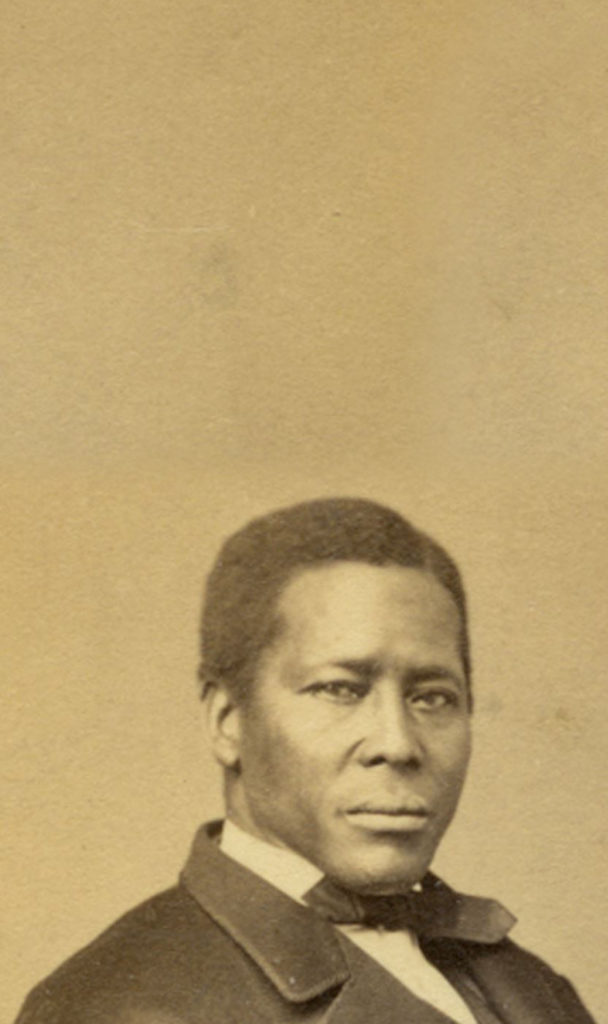
William Still, “Station Master”
Born in New Jersey in 1821, the son of a woman who had escaped slavery on Maryland’s Eastern Shore, William Still grew up to become a passionate abolitionist and one of the most significant Underground Railroad operatives on the Eastern seaboard during the 1850s, running an active anti-slavery network that assisted Harriet Tubman and other freedom seekers fleeing from North Carolina, Virginia, Maryland, Delaware and other southern states.
The saga of the Still family is illuminated at the newly established William Still Interpretive Center near Denton in Caroline County, one of more than three dozen sites along the Harriet Tubman Underground Railroad Byway and All-American Road. The Center, housed in an historic 1820s one-room cottage, features a period slave cabin interior, exhibits about the Still family, and a garden patch highlighting foodstuffs common in gardens cultivated by Eastern Shore people. The Center’s interpretation provides visitors with a more nuanced and personal African American family history, one that reflects common themes prevalent in the history of slavery and the pursuit of freedom in the Chesapeake region—that of enslaved families and the heartbreaking consequences of the struggle to be free.
In Cambridge, the Harriet Tubman Museum and Education Center hosts the world-famous “Take My Hand” mural of Harriet Tubman reaching out through a wall to lead you to freedom. It’s just a few blocks from the county courthouse where, in 1857, Tubman’s friend and Underground Railroad collaborator Rev. Samuel Green was convicted for owning a copy of Uncle Tom’s Cabin and sent to prison for 10 years.
Situated on the Choptank River, Cambridge’s Long Wharf is a good place to imagine how the water served as a barrier and a gateway to freedom. Daring Underground Railroad stories abound along the course of the river to its headwaters in Caroline County.
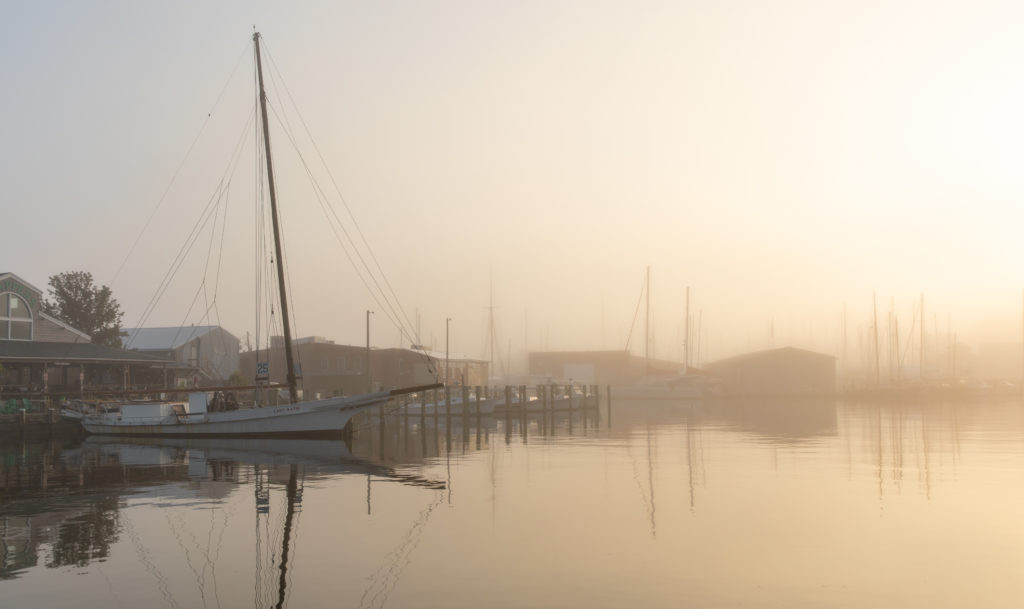
In nearby Bucktown, the historic Bucktown Village Store shares Tubman’s early experiences in that agricultural community and reveals the spot where she was nearly killed by an iron weight that crushed her skull. About a mile down Greenbriar Road sits the former Brodess farm, where Tubman spent portions of her childhood. All of these sites are among the 45 stops along the Tubman byway.
The nearby Blackwater National Wildlife Refuge features some of the marshes where Tubman trapped muskrats, and it’s an excellent place to view the tidal land and rivers as Harriet saw them. The Refuge visitor center explains the status of the natural environment, and the threats that global warming and sea level rise pose to the region’s pristine landscapes, historic sites and recreational areas.
Just down the road, at the Harriet Tubman Underground Railroad State and National Park Visitor Center in Church Creek, Tubman’s extraordinary life and accomplishments are on display. An award-winning, LEED-certified building and museum, the Tubman Center features an orientation film, exhibits, interactive programs, a picnic pavilion and Legacy Garden, and ranger-led educational programs and tours for children and adults. Check out their website for the latest daily schedules and special events, at harriettubmanbyway.org/visitor-center.
From Cambridge, the Byway takes a northeasterly path, following Route 16 through East New Market, past creeks and fields to Preston in Caroline County where many freedom seekers sought shelter. During the late 1840s, Tubman moved to the area to work with her father on a 2,200-acre plantation at Poplar Neck.
In the fall of 1849, she used all those lessons, all those skills she developed to liberate herself, and then, later, her family and friends. Her father secretly helped her from his Poplar Neck home. Nearby Quaker and Black families helped, too. Their stories and more deepen the importance of preserving historic landscapes.
And because these landscapes—and marshscapes—are so well preserved, you and your family can follow Harriet Tubman’s inspirational journeys, visit the sites where she stood, and see them through her eyes. Plan your experience at harriettubmanbyway.org/the-byway/.

